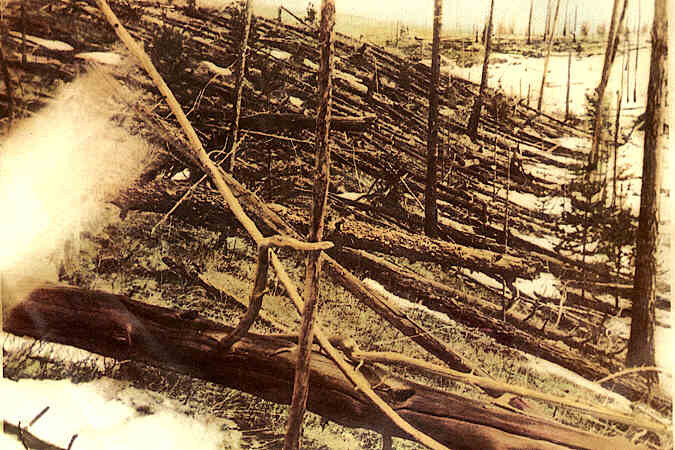Asteroid Day: 'Asteroids are given bad reputation as angels of death, doom and destruction'

Asteroids are being given a bad reputation and should not be seen as angels of death bringing death, doom and destruction to the planet, an astronomer has said.
Daniel Brown, astronomy lecturer from Nottingham Trent University's School of Science and Technology, said that although Asteroid Day is good for raising awareness and hopefully sparking people's interest in space, over-egging the dangers will detract from the potential opportunities asteroids present.
Asteroid Day – taking place on 30 June – aims to raise awareness of the millions of asteroids out there that we do not know about. Currently, scientists estimate we have detected and tracked just 1% of them (although we know of around 90% of the largest near-Earth asteroids).
At the launch of the day last year, Queen guitarist Brian May said: "We are living on borrowed time," and "nobody knows when the next big one will hit. It takes just one".
Brown said it appears one of the key points of Asteroid Day is to talk about the potential dangers posed. "It's a bit worrying because it brings across the wrong message of doom and destruction," he told IBTimes UK. "Space has slowly and surely become the go-to place and asteroids for sure if you want to cause havoc and destruction. I think they're getting a bad reputation."

The astronomer said that what is forgotten when we are busy thinking about how asteroids are going to kill us all, is that asteroids offer lots of information about our solar system and how our planet – and indeed mankind – came to be.
Just like comets and minor planets, asteroids are chunks of rock and ice that never became a full planet. The means they are sort of time capsules for the early solar system – whereas the planets changed enormously over the billions of years, these objects have remained largely the same: "So if we tap into that we can find out how our solar system was made up at the beginning," he said.
Indeed, Brown said we should also not get concerned about near-misses as close fly-bys present good opportunities for scientists to analyse asteroids. He said: "A close fly-by doesn't mean we're on the verge of death and destruction. A close fly-by means we can bounce radar signals off them, we can actually map the exact surface profile and what the surface looks like as it goes past. That's something that's really exciting. It's a research opportunity. We should be looking at the opportunities they give, not just as the angel of death from above."
There are a number of different asteroids that lead to a number of different outcomes on Earth. Some burn up in the atmosphere to put on a "nice light show", others are bigger and create shooting stars. Then you have the bigger ones like the Chelyabinsk meteor in 2013 or the 1908 impact in Tunguska, which could cause huge damage if they hit a metropolitan area. However, even these sized asteroids would not be too devastating and life on Earth would continue as we know it.

The next stage is the asteroids that are bigger than a kilometre in diameter. But we are aware of these and have a good understanding of where they are and where they are going.
"We are keeping an eye on them," Brown said. "Now to suddenly pour lots of money into this which is what the idea [of Asteroid Day] is, to push that to increase detection ... The problem is money doesn't solve everything.
"I think there was some mention that this is like an insurance policy – if you put enough money into it to ensure towards a certain risk, but obviously at some stage there's a minimal risk. You're talking possibly another few centuries before something like Tunguska will happen again and then it's very likely it will happen above open ocean or non or sparsely populated areas. So again what's the risk compared to how much money you want to spend on it?
"Again also if all you're seeing is the output of death and destruction, and the negative vibes coming from this, that's a big problem." More commonplace is the interstellar dust that rains down on the planet every day – chances are there is some space dust in your back garden.
If a massive asteroid was coming to destroy the planet and we found out about it, researchers currently have plans to divert it with nuclear bombs. Rather than blowing it up Armageddon-style, they would try to push it off its trajectory bit by bit over time. If a massive asteroid that had been overlooked and was going to hit in a few days then "there's not much we can do", Brown said, "but we've seen all of them".
Alluding to the future of asteroid research, Brown said we have just landed on a comet with the space probe Rosetta and are now on the way to Pluto with Nasa's New Horizons and Ceres with the Dawn Mission: "Space is not the go-to place for death and destruction. It's actually an opportunity to explore the world and find out about our origins and possibly the next step of exploration for humankind."
© Copyright IBTimes 2025. All rights reserved.






















